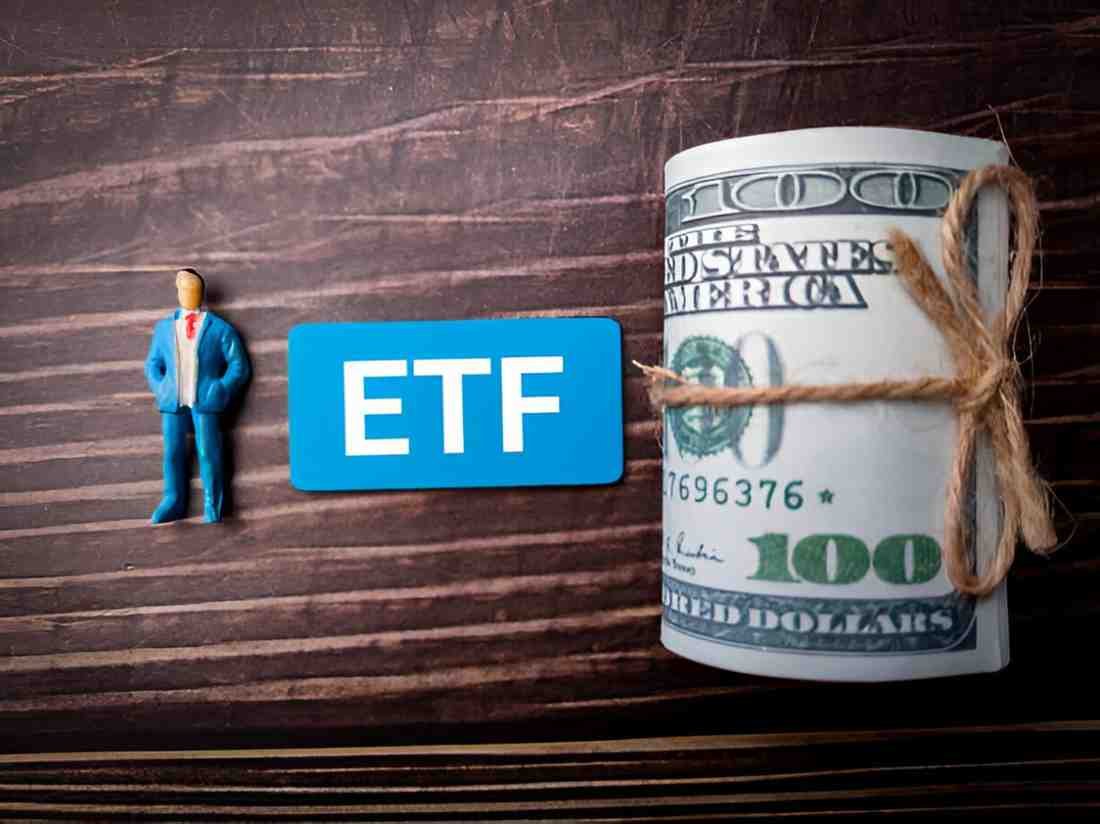When I think about investing $250 every month, one common question I get is whether to put that money into an ETF (Exchange-Traded Fund) or a mutual fund. Both are popular investment vehicles, but they work differently, especially for regular monthly investing. In this article, I’ll break down the differences, costs, flexibility, and performance aspects to help you decide which makes more sense for you.
Table of Contents
Understanding ETFs and Mutual Funds
Before diving into the monthly investment question, let me clarify what ETFs and mutual funds are.
- Mutual Funds pool money from many investors to buy a diversified portfolio of stocks, bonds, or other assets. They’re priced once a day after markets close, at the Net Asset Value (NAV).
- ETFs also hold diversified assets but trade like stocks on exchanges throughout the day. Their prices fluctuate during market hours.
Monthly Investing: What Happens with $250?
Mutual Funds and Monthly Contributions
Many mutual funds allow you to set up automatic monthly investments, often with low or no minimum for ongoing deposits. When you invest $250 each month, you buy shares at the daily NAV, which helps smooth out market fluctuations through dollar-cost averaging.
ETFs and Monthly Contributions
With ETFs, investing $250 monthly means you buy shares at the current market price when you place your order during trading hours. Because ETFs trade like stocks, you pay brokerage commissions (unless you use commission-free platforms). Some brokers allow fractional share buying, meaning your $250 can be fully invested even if a share costs more than $250.
Key Comparison Factors
| Factor | Mutual Funds | ETFs |
|---|---|---|
| Minimum Investment | Can be low, some funds $250+ | No minimum, but brokerage rules apply |
| Trading Frequency | Priced once daily | Trades throughout the day |
| Fees | Often higher expense ratios (0.5%-1.5%) | Generally lower expense ratios (0.05%-0.3%) |
| Commissions | Usually no transaction fees for direct investments | May incur commissions if not commission-free broker |
| Flexibility | Less flexible (no intraday trading) | High flexibility (buy/sell anytime) |
| Automatic Investing | Easy to automate monthly investments | Possible but depends on broker platform |
| Tax Efficiency | Less tax-efficient (capital gains distributed) | More tax-efficient due to creation/redemption mechanism |
Cost Impact on $250 Monthly Investment
Let’s consider a hypothetical example where you invest $250 per month for 20 years, with a 7% average annual return. I’ll compare two cases:
- Mutual fund with 1.0% expense ratio
- ETF with 0.15% expense ratio
Assuming no commissions for simplicity, the future values will differ due to fees.
The future value of monthly investments is given by:
FV = P \times \frac{(1 + r)^n - 1}{r}where:
- P = 250 (monthly contribution)
For ETF (7% – 0.15% = 6.85% net return)
r = \frac{0.0685}{12} = 0.00571 FV_{ETF} = 250 \times \frac{(1 + 0.00571)^{240} - 1}{0.00571} = 250 \times 636.3 = 159,075For Mutual Fund (7% – 1.0% = 6% net return)
r = \frac{0.06}{12} = 0.005 FV_{MF} = 250 \times \frac{(1 + 0.005)^{240} - 1}{0.005} = 250 \times 552.3 = 138,075The difference after 20 years is:
159,075 - 138,075 = 21,000This clearly shows that lower fees in ETFs can significantly boost your long-term wealth.
Flexibility and Taxes
- Mutual funds buy and sell assets within the fund, and you may face capital gains distributions that increase your tax bill, even if you didn’t sell shares.
- ETFs typically have lower capital gains distributions due to their unique structure.
Automatic Investment and Fractional Shares
For monthly $250 investments, fractional shares can matter. Some brokers now allow fractional ETF purchases, making ETFs almost as easy as mutual funds for monthly automatic investments. But if your broker doesn’t support this, you might not be able to fully invest your $250 every month.
Which Should You Choose?
If you want simplicity, automatic investing, and don’t mind slightly higher fees, mutual funds remain a solid choice. But if you prefer lower costs, tax efficiency, and the flexibility to trade anytime — and have a broker that supports fractional shares and commission-free trades — ETFs may be better.
Final Thoughts
For a steady $250 monthly investment, both ETFs and mutual funds can work well, but cost and tax efficiency tilt the balance toward ETFs for many investors today. However, always consider your platform’s features, fees, and your personal preferences.





